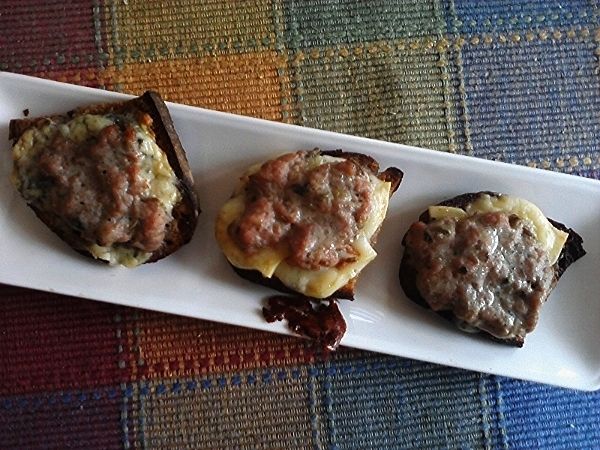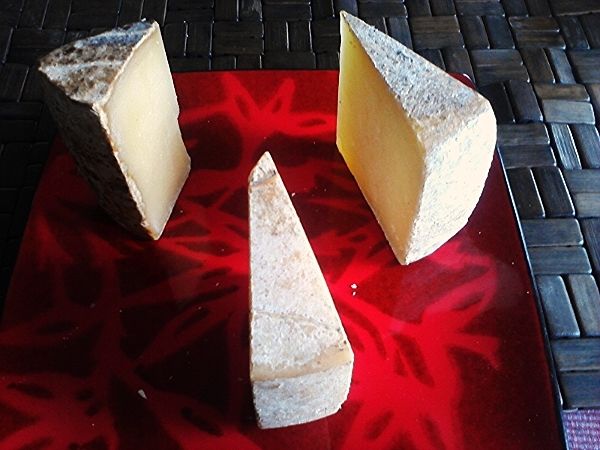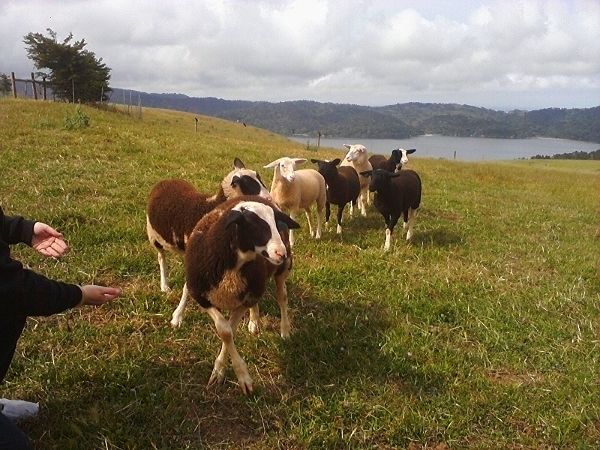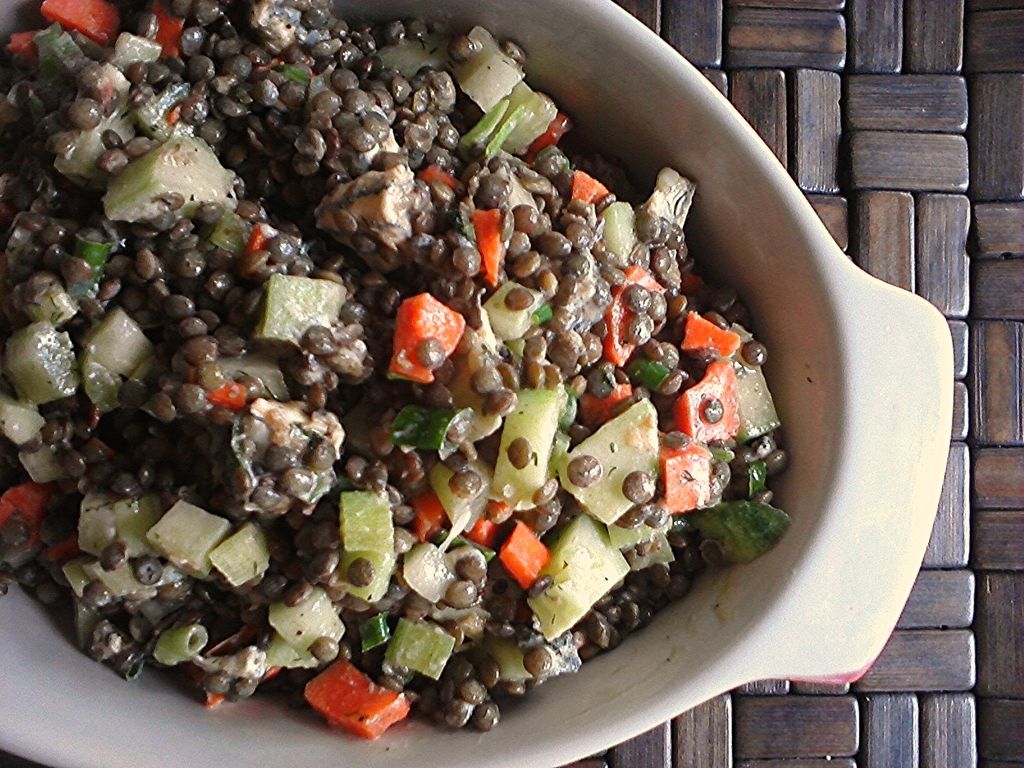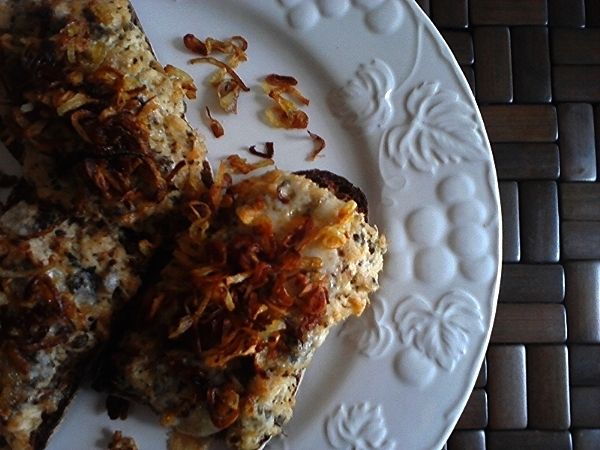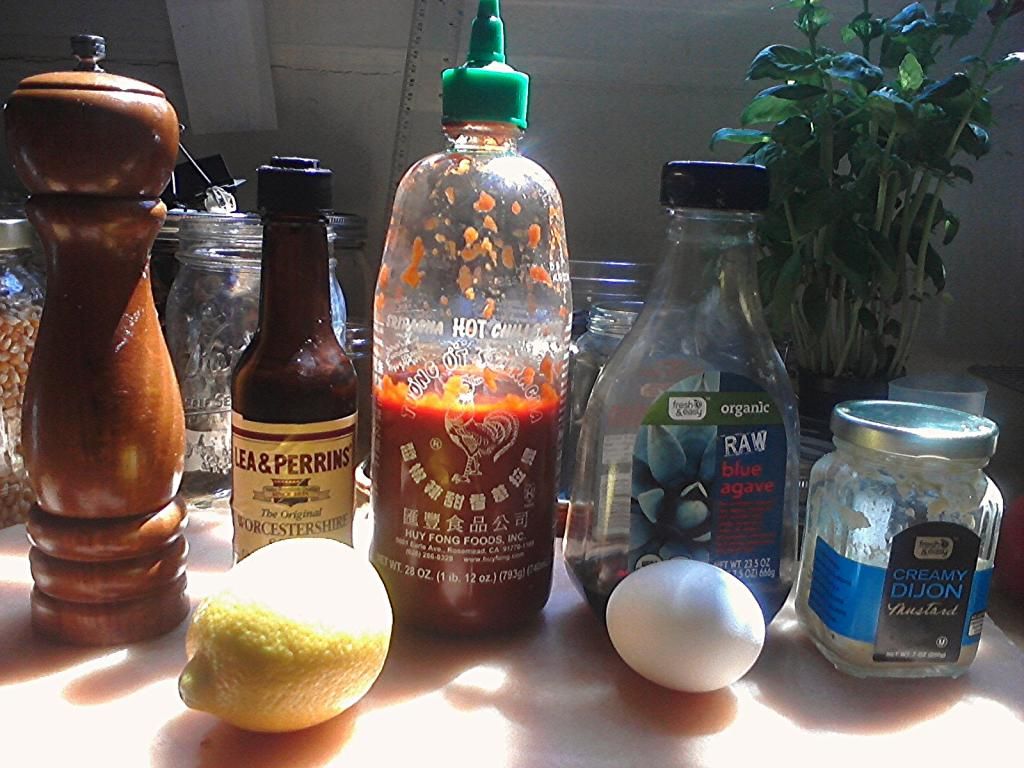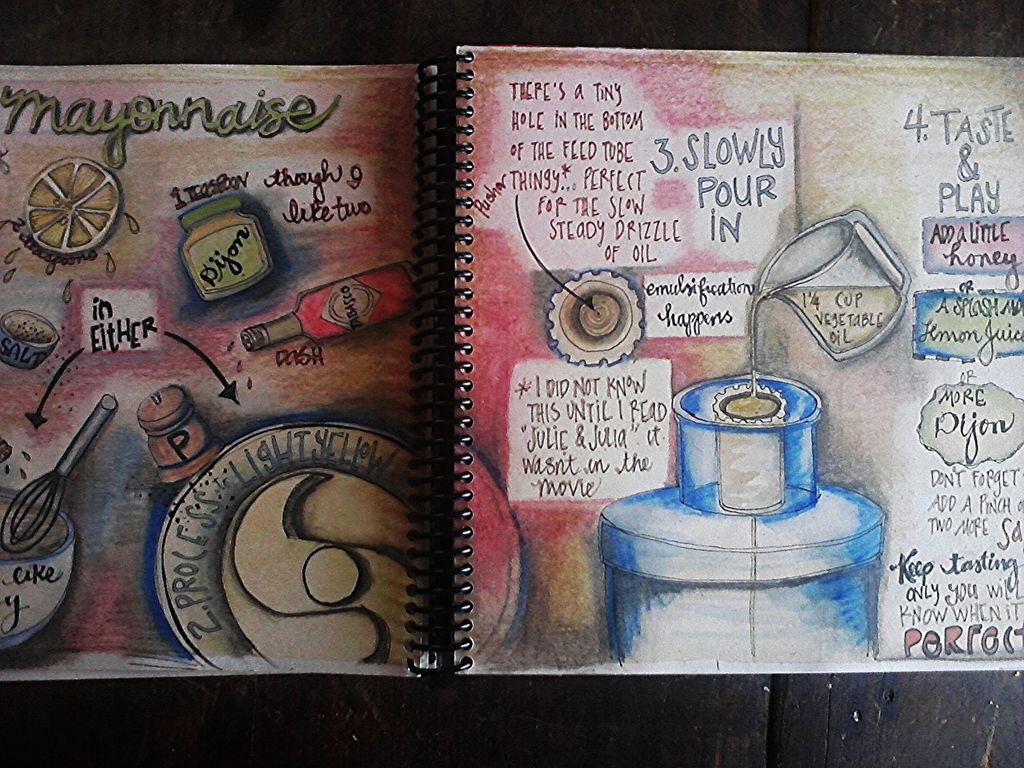It's a new year and I'm giving my kitchen a revitalized injection of activity. Well...later. I'm house/dog sitting right now and I looooove noodling around in other people's kitchens. I have been talking a lot, to no one in particular, about making more grain bowls in the new year. I'm fortunate to spend 40 hours a week in this awesome foodie market...
..where I sell my favorite food on earth. Cheese.
From time to time there's staff produce available that's not quite purdy enough for the paying guests, Last week I salvaged some limp kale, marjoram, thyme and rosemary. Then they sat in my fridge for another week, waiting for me to get my act together and cook up the grains and lentils.
..where I sell my favorite food on earth. Cheese.
From time to time there's staff produce available that's not quite purdy enough for the paying guests, Last week I salvaged some limp kale, marjoram, thyme and rosemary. Then they sat in my fridge for another week, waiting for me to get my act together and cook up the grains and lentils.
Grain bowls are a great way to use up last nights limp salad or wilted greens or leftover taco fixin's. They're infinite in possibilites and flavor packed. Along with little foresight to cook and freeze a boatload of grains and legumes, assembly is a breeze. Make a big batch because it's even better the next day.
Delicious. Healthy. Economical. Versatile. Awesome.
The key is balance. You want some acidity, sweetness, savoriness, salt and a bit of spice. The other component is texture, creamy, chewy, crunchy...so you've got your grain, legume, greens, cheese, nuts or seeds, dried fruit (or fresh) and a melange of herbs. What. Ever.
This bowl started with a pantry clean-out unearthing a bag of pearled barley from a market that went out of business a year ago along with a bag of puy lentils of indeterminate age.
I cooked each separately in chicken bouillon, let them drain and cool a bit then spread each out on a sheet pan and placed them in the freezer for about 30 minutes just until frozen. Transfer into 2-3 two cup freezer bags.
When you're ready to prepare your bowl, dump the frozen barley into a large strainer, rinse under cold water and break any chunks apart. Place into a microwave safe bowl, cover tightly with plastic wrap and puncture a few holes with a fork. Microwave for one minute, give it a stir and then let it go for another minute until it's just warm, not hot. Toss in dressing and let sit for about 15 minutes. While the barley is resting, warm up the frozen lentils in the same manner.
Make your favorite dressing. Here's mine:
olive oil
red wine vinegar
lemon juice
kosher salt
fresh ground pepper
Dijon mustard
fresh chopped marjoram and tarragon
kale cut into a thin chiffonade, add some of the dressing, toss and coat it really good. Use your hands to massage it a bit, then add:
warmed grain and legume
caramelized onion or chopped red onions or crispy fried shallots
chopped nuts and or seeds (I used a nut/dried cranberry mix from Trader Joes)
crumbled feta or goat cheese (I used a cranberry orange goat cheese-it added a lovely citrusy tang and a touch of sweetness
fresh herbs ( I had fresh marjoram and tarragon on hand)
a hard boiled egg or two ( or some shredded chicken)
Mix everything together and if you can stand it, let it sit for 30 minutes the flavors get a chance to meld.
Finish with some slices of avocado on top and you're good to go.






